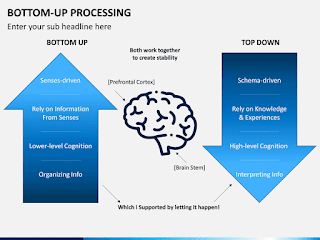xxxTop-down networks integrated into the prefrontal cortex include those related to inhibiting and directing automatic responses, including emotional responses, to environmental stimuli. by Jane Leu Rekas
Listen to Therapy Chat Podcast Episode 294 for more of the conversation with Robyn Brickel, MA, LMFT about top-down and bottom-up trauma therapy approaches.
In Episode 299 of Therapy Chat Podcast, two previous interviews with trauma therapist Lisa Ferentz, LCSW-C were put together in a replay episode in which Lisa and host Laura Reagan, LCSW-C talk about how trauma is held in the body and why bottom-up therapy methods are helpful. Listen here.
Bessel van der Kolk’s book, The Body Keeps The Score: Brain, Mind, and Body In The Healing Of Trauma https://www.besselvanderkolk.com/resources/the-body-keeps-the-score
Mayo Clinic article on CBT: https://www.mayoclinic.org/tests-procedures/cognitive-behavioral-therapy/about/pac-20384610
.png)
.png)




.png)





.png)




.png)






0 Comentarios